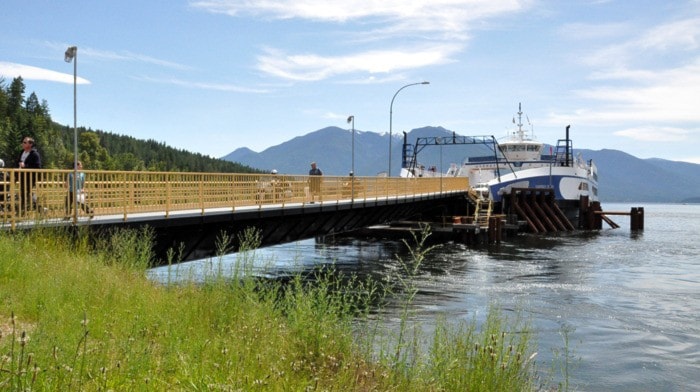For the second time in a week, the U.S. Army Corps of Engineers has chosen to exceed the normal water level behind Montana’s Libby Dam in an effort to reduce flooding impacts along the Kootenay River, which flows through Montana, Idaho and British Columbia, and Kootenay Lake.
On Monday, the corps, which operates the dam, co-ordinated an additional action Monday night with BC Hydro to store additional water in Koocanusa Reservoir up to an elevation of 2,461 feet, said a press released by public affairs specialist A. Scott Lawrence. A similar co-ordination took place last week when the two countries agreed to temporarily increase the storage level to 2,460 feet; the normal maximum elevation for the reservoir is 2,459 feet.
“This coordination to allow up to two feet above the normal maximum will enable the Corps to maintain a lower release from Libby Dam than would otherwise be required,” explained the release. “It is estimated that this may reduce the river stage for the Kootenai River at Bonners Ferry by as much as 0.4 feet and the lake level at Kootenay Lake by as much as 0.1 feet compared to the operation that would occur if the maximum elevation was limited to 2,460 feet.”
Currently, the river at Bonners Ferry is 1,766.3 feet; flood stage is at 1764 feet. The current elevation at Kootenay Lake’s Queen’s Bay is 1,753.8 feet, the highest level since 1974. According to a press release by BC Hydro, the anticipated peak level of Kootenay Lake is 1754.2 feet (534.68 metres).
“[BC] Hydro continues to hold the Duncan Dam discharges at minimum, further reducing flows into Kootenay Lake,” said the BC Hydro release. “In addition, BC Hydro and FortisBC continue to discharge the maximum amount from Kootenay Lake, limited only by the channel restriction at Grohman Narrows. All of these actions are helping to reduce flooding and minimize damage.”
